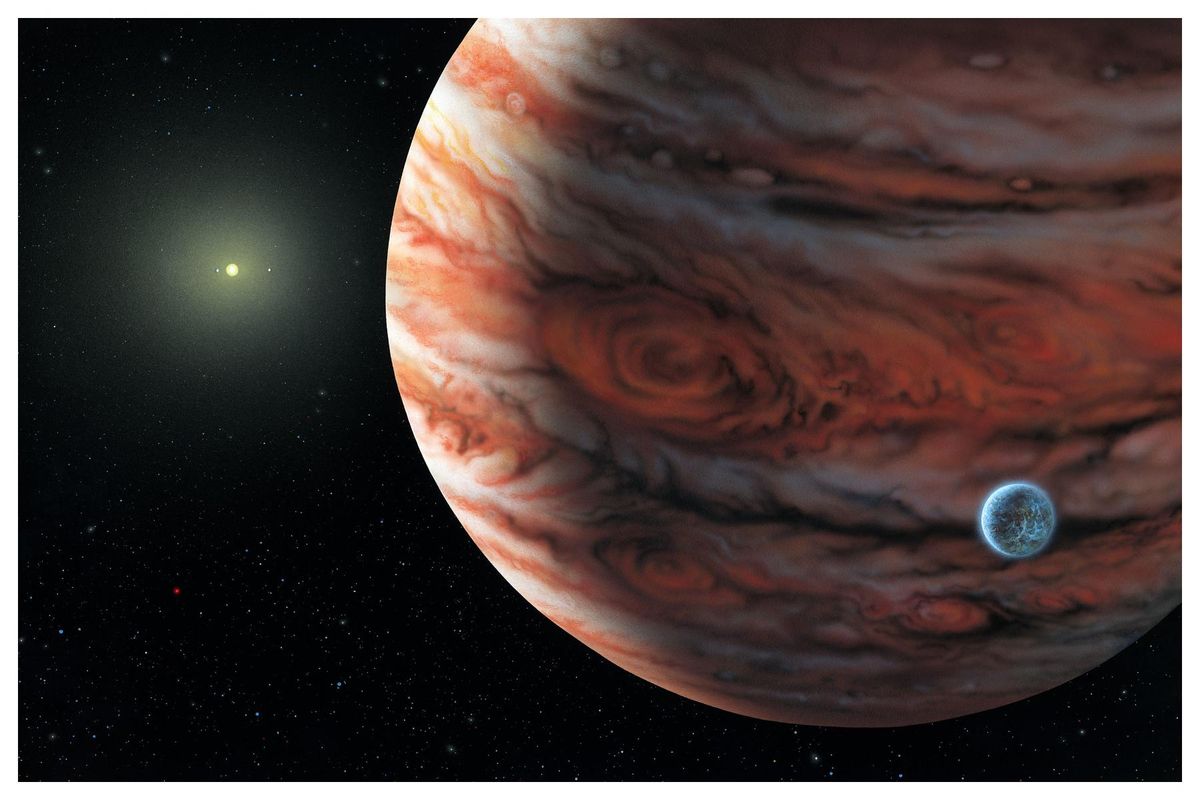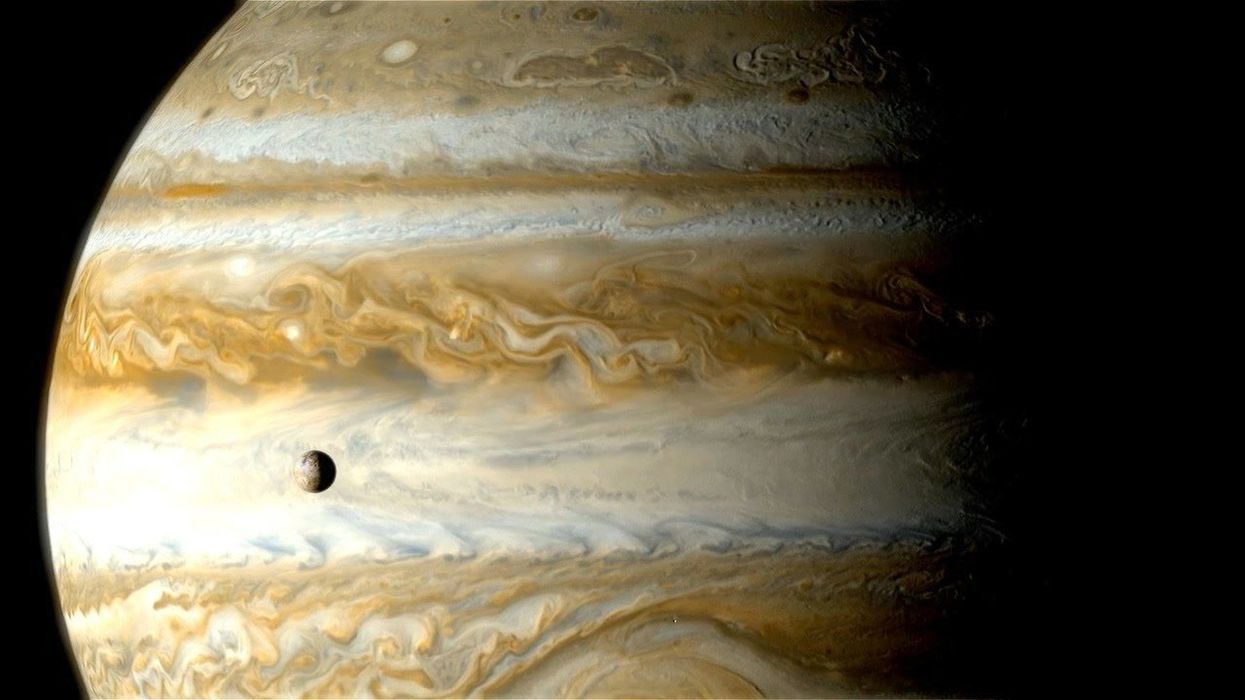Gregory Robinson
Jun 11, 2025
Astronomers Are Constantly Discovering New Moons Surrounding Jupiter
ZMG - Amaze Lab / VideoElephant
Jupiter is the biggest planet in our solar system, but believe it or not, it used to be even bigger. So, what’s causing it to shrink?
In the early days of the solar system, around 4.5 billion years ago, Jupiter was at least twice its current size with a magnetic field 50 times stronger.
One thing we do know is that Jupiter’s powerful gravity, along with the Sun, helped shape the solar system by influencing the orbits of planets and rocky bodies.
Understanding Jupiter’s formation in association with its changing size could help us understand how life as we know it came to be. Planetary scientist Konstantin Batygin at Caltech, who co-authored the Jupiter study, said in a statement: “This brings us closer to understanding how not only Jupiter but the entire solar system took shape.”
The planet’s early days are still a mystery.
To shed light on how it formed, researchers studied the slightly tilted orbits of two of Jupiter’s moons, Amalthea and Thebe. Their orbits remain close to what they were when the moons first formed. Over time, another moon, Io — which is volcanically active — has been slowly pulling on its neighbours.

Researchers studied the tiny differences between how the moons actually moved and how they were expected to move based on Io’s gravitational pulls. This helped the experts figure out how big Jupiter originally was.
Once Jupiter formed, its radius would have measured between two and 2.5 times its current size in order for Amalthea and Thebe to have their current orbits, the scientists found. Jupiter currently has a radius of 43,440.7 miles (69,911 kilometres), NASA reports, making it 11 times wider than Earth. To put this into a more digestible context, if our home planet were a grape, Jupiter would be a basketball.
Jupiter has shrunk to its current size as its surface cools and contracts. When it formed 4.5 billion years ago, it was much hotter and bigger, but over billions of years it has shrunk. This slow shrinkage (about 2 centimetres per year, according to Caltech) releases energy, which is why the planet radiates significantly more energy than it receives from the Sun.
"It's astonishing that even after 4.5 billion years, enough clues remain to let us reconstruct Jupiter's physical state at the dawn of its existence," study co-author Fred Adams, an astrophysicist at the University of Michigan, explained in the statement.
Jupiter may be shrinking, but the interest around it is only growing.
This article was originally published on 26 May 2025
Why not read:
Ocean hidden under surface of distant planet's moon could host life
Thunderstorms wider than Earth are raging across Jupiter could change its appearance
How to join the Indy100's free WhatsApp channel
Have your say in our news democracy. Click the upvote icon at the top of the page to help raise this article through the Indy100 rankings
Top 100
The Conversation (0)














